I think I will tear my hair out if one more person asks, “How’s your bucket list coming along?” The implication is that I’m running out of time to camp in the Sahara, jump out of an airplane, learn Italian or any number of demanding feats.
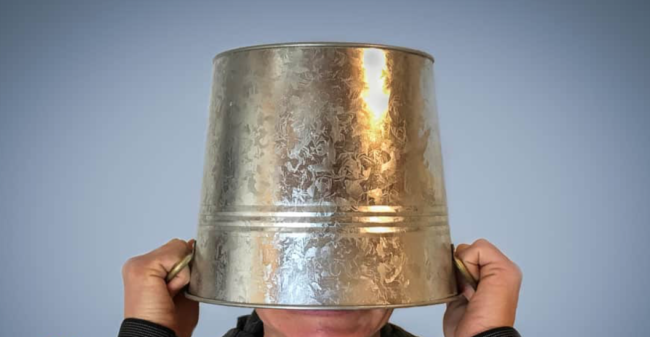
An anti-bucket lister
If I were to answer, “The hell with a bucket list,” in all likelihood, I’d be considered a failure at aging.
This is because the prevailing model for “successful aging” is to act as young as possible, where older adults breathlessly fill their later years with age-defying adventures. The AARP reflects this trend, advancing images of the 80-year-old who rock climbs at dizzying heights, the 91-year-old marathon runner, or elderly couples on safari staring down wild animals.

No life-threatening safaris for me in my advancing years!
I gave up on a bucket list because it feels like too much pressure to engage in a checklist of exhausting activities.
I want to spend my dotage, not ignoring my part to join in meaningful social action, but where the bulk of my days are devoted to reading, teaching, blogging, undemanding travel and meaningful gatherings with dear friends. I don’t want to bungee jump when I’m 80. I want society’s expectations for aging to honor my slowing down and not force me to act as if 75 is the new 55, when it isn’t.
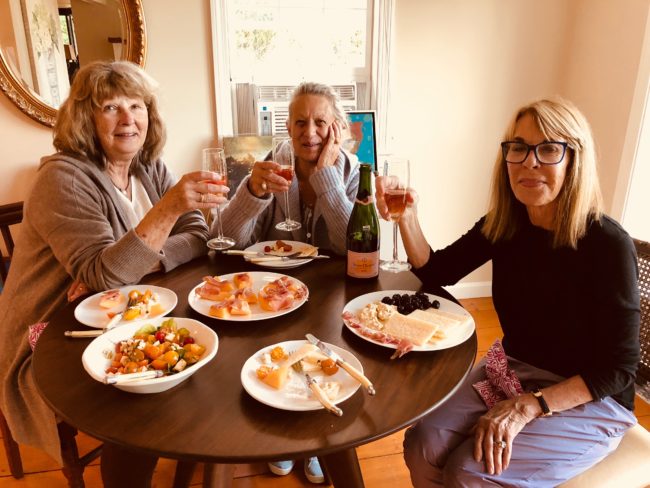
Sharing a meal with close friends gives my life meaning
Why can’t we see images of aging women and men who are more like you and me?
I long to see an older woman blissfully working in her garden or laughing with close friends. Instead, the media holds up the 98-year-old woman bending her body into impossible yoga poses. Let’s face it: she’s an outlier; just as Jane Fonda’s wrinkle-free face is hardly the face of an 84-year-old woman.
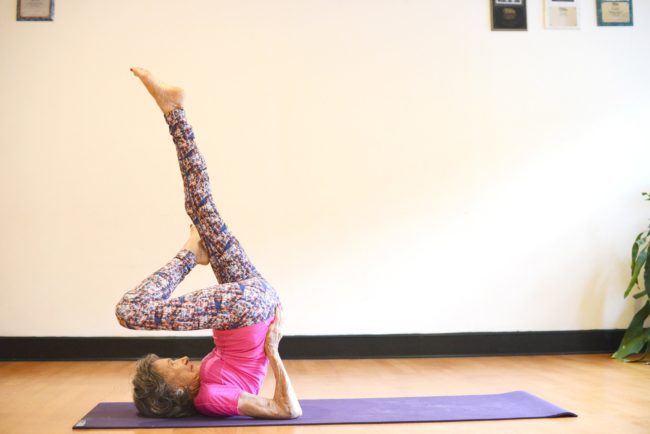
Outlier, Aging Tao Portion-Lynch, 98, yoga teacher
The prevailing images of elders running marathons or racing cars represent the anti-aging industry.
We live in a society obsessed with being young, unwilling to embrace images of older adults unless they act young. The fear of death is built into our age-denying culture. If older adults appear youthful, they’re not in their last chapter where death is on the horizon.
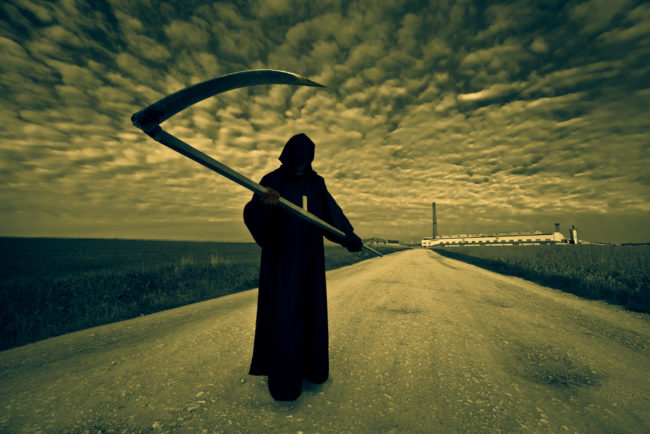
Dreading the Grim Reaper
We’re not doing the next generation any favors if we fudge our aging. We owe it to them to be real about aging where we don’t pretend to have young, flexible bodies that can hike for hours, but instead show them that just because we’ve slowed down our lives don’t lack meaning.
Fortunately, there’s an emerging trend among older adults to write about the pleasures of aging where daily life is not punctuated with eyebrow-raising accomplishments. Diana Athill, the recently deceased British editor and memoirist, describes the quiet pleasures of her later years when the peace of mind so urgently pursued in one’s younger years is an everyday occurrence.
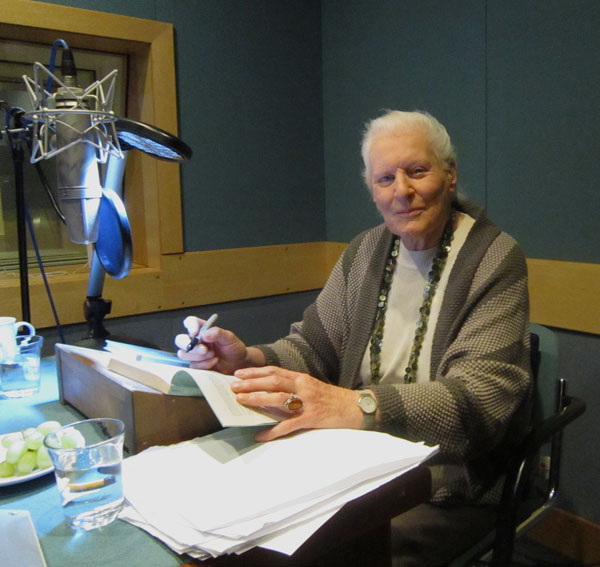
Diana Athill wrote up till the end of her life; pictured here in her late ’90’s
We need to have conversations with younger adults demonstrating to them that old age still holds a strong desire to keep learning and growing, often in pursuit of deepening our spiritual beliefs.
Alexandra Merrill, a very wise 82-year-old woman once told me that her life is now devoted to the following questions:
What must I still learn?
What is there to teach?
What do I need to pass on?
How can I still be of service?
How can I use my remaining years in the service of compassion?
For me, the search for personal meaning is the true adventure of aging, where I hone my life experiences for a deep appreciation of what living has taught me. At the same time, I look for ways to support young people as they take on the world’s challenges. I guess I have a bucket list after all. It’s just a little different from the standard model.
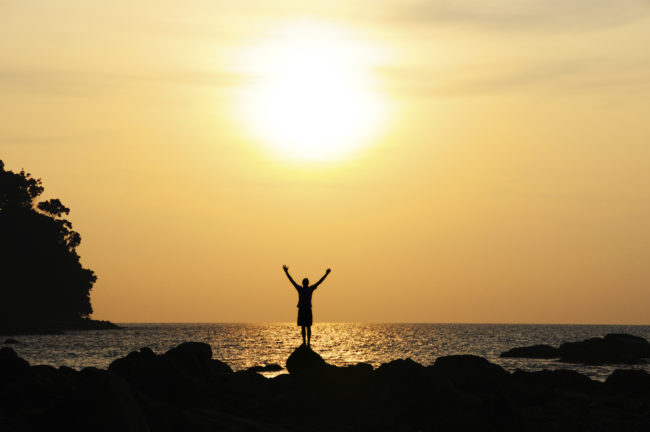
I want to devote my later years to strengthening my spiritual beliefs